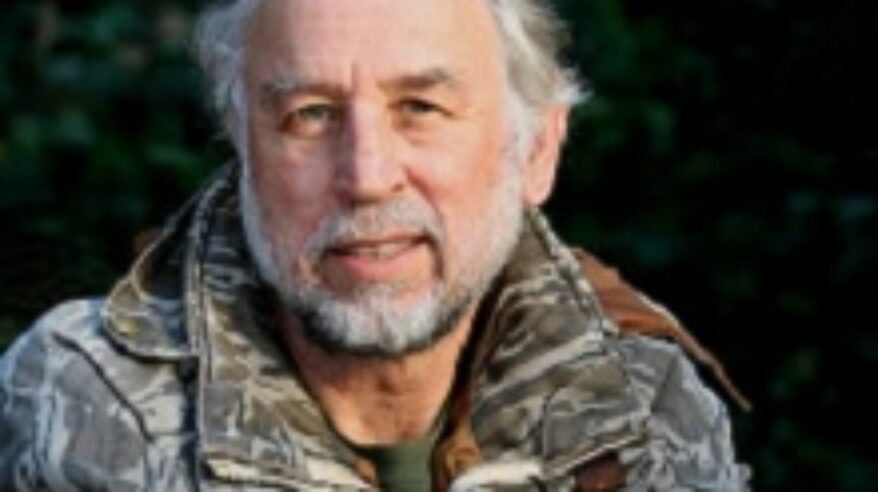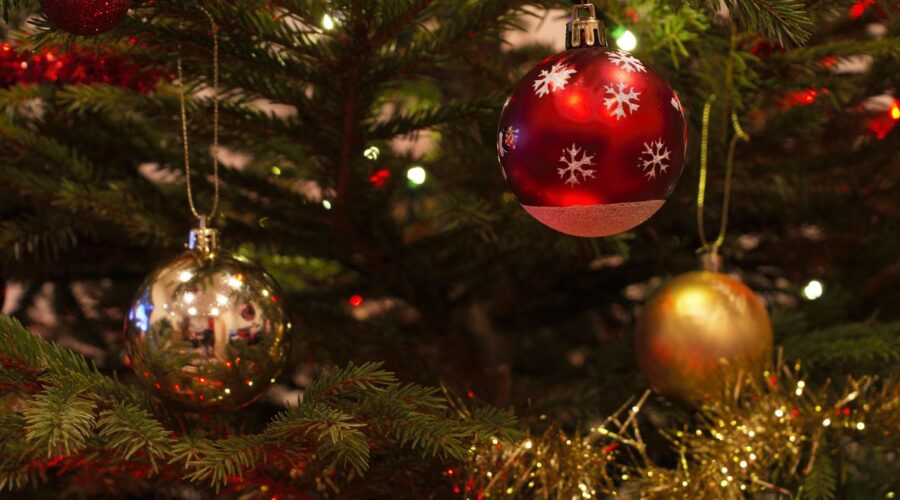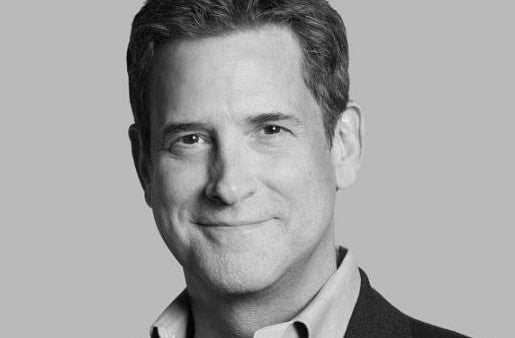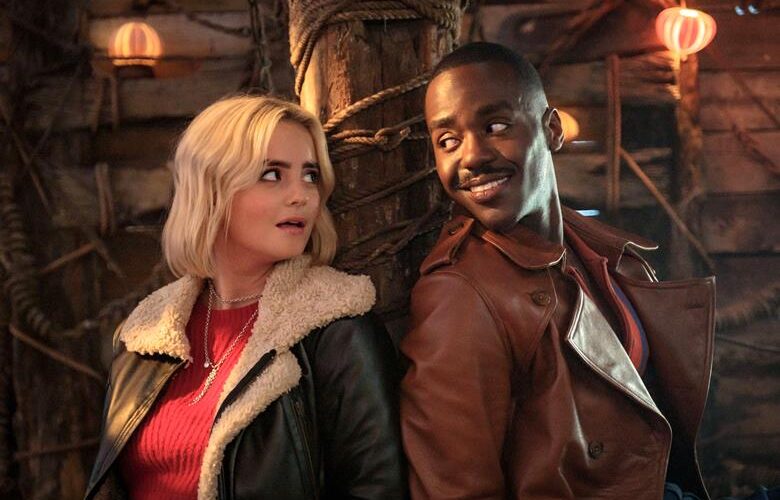Thirty years of award-winning wildlife films

Emmy award-winning cameraman Andrew Anderson has been filming wildlife for 30 years, having worked all over the world on films for broadcasters such as the BBC, Discovery, Survival and National Geographic.
Well known for filming animal behaviour in the wild, he also shoots second unit and wildlife sequences for feature films and is a Fellow of the Royal Photographic Society.
Speaking to The Knowledge, Andrew tells us about some of his career highlights and challenges, including gaining the trust of a family of loons on a lake in New Hampshire�?�
The early years
I had always been obsessed by wildlife, starting with photographing wild badgers when I was 16. I moved on to birds, learning the techniques by reading books by experts such as Eric Hosking.
Being a professional wildlife cameraman was almost unheard of in those days, but I completed a three year photography course at Regent Street Polytechnic (now part of the University of Westminster). Back then, it took three years to learn film and hand printing, a craft that has now been taken over by the digital age.
After that, I was lucky enough to spend three months camping alone and photographing wildlife in East Africa. But it was while I was working for The Motor Industry Research Association (MIRA), photographing bits of broken metal and high speed filming car crash tests, that I taught myself how to put films together. I lived very frugally, and saved up for trips to find rare birds, or buy equipment.
I filmed my first two programmes in my spare time from MIRA before I went freelance.
The challenges of working with animals
The main challenge, at least with anything larger than insects, is to get close to the animals without them knowing you are there or them being frightened.
They must be comfortable in their wild habitat or the set you are filming them in, so that they will behave naturally.
Another challenge is to be there and ready to film when the animal is displaying the behaviour you need to record, which can be very rare, and sometimes need the services of a zoologist to predict when this may happen. This job can involve spending a long time in hides, sometimes having built them yourself – I have never got over my childhood love of making treehuts.
Filming a family of loons
In the old days when there just three channels, there was more money and therefore more time to shoot a programme. You could afford to spend a year on a 25 minute show, while an hour-long special could take two years or more.
I made a film about loons in north America, over 2 seasons. The loon, known as the great northern diver in this country, is a large diving bird that summers on the lakes of the USA and Canada from ice-out in the spring, to ice-in in the autumn, when they migrate out to sea. I wanted to film them fishing underwater.
Loons are shy and try to avoid boats and people, so they get frightened if anyone is in their lake. I was really lucky to find an old man who lived by a lake in New Hampshire. For days on end, he followed the loons in his boat, often getting very close when the loons swam slowly as they had their young with them.
Because loons return to the same lake for decades, he became familiar to them. I began lying in scuba gear in the water by the boat, as the loons gradually got used to me. Eventually, my wife could throw minnows at them while they swam around me.
I returned after seven years to find the same elderly man, and quite possibly the same family of loons �?? the film was featured on David Attenborough�??s Life of Birds.
Just me and the owls
I think my most memorable film was my first, financed by myself in my spare time, a project on barn owls filmed in a disused church tower. I had photographed owls at night using a flash for several years. It�??s an amazing experience, crouching in a hide waiting for the bird to arrive.
I prepared the tower with lighting, and rigged up a scaffolding tower which would allow me to film the chamber where they would nest. This preparation before they started nesting meant I could get to my camera, slowly increase the lighting, and start filming, all without disturbing them.
The resulting footage showed behaviour not previously captured on camera, and was shown on the first series of the BBC�??s Wildlife on One.
The changing face of wildlife filming
Digital has changed everything. In the days of film, you could be sent on an £80,000 trip and no one saw what you had filmed until you got back.  Now, of course you can view everything in the field.
A high speed film camera made a racket like a vacuum cleaner and took three seconds to get up to speed. With digital it�??s silent and you can even pre-record on a continuous loop so you can store the action after it has happened.
You can record in very low light levels. In the old days you mortgaged your house to buy your film gear. Now cameras are small and cheap, so much more accessible to more people.
They are recording all kinds of exciting wildlife behaviour with trap or remotely operated cameras. Digital storage costs nothing compared with film.
Having cried over a lost craft, I have to say digital is amazing. All sorts of animal behaviour can be recorded that was near impossible in the past, and the quality is staggering.
Key skills needed
You need a hunting instinct �?? a lot of wildlife camera work is a sort of hunt, but when you are using a camera, your prey lives another day.
You need to learn to gauge the mood of an animal: when it is frightened, excited or about to perform for you. I have spent a lot of my career waiting in hides or blinds I have built. When something is so rare and important to you, patience comes naturally. I once stayed in a hide for three days�?�
Being fit and prepared to carry heavy loads also helps.
Advice to those starting out in the industry
Times and chances change. There may be all kinds of outlets coming up, other than broadcast, to get started on. All wildlife cameramen are freelance.
I would say try and shoot an interesting sequence, edit it and send it to producers. If they like it they may ask you to shoot another one, as happened with my work for the BBC. It started with a three day shoot of ravens nesting, and before long I was on a job in the Canadian Arctic.
You will probably be provided with the gear as video cameras become obsolete so quickly that you are not expected to have your own.
Then and now
I�??m not wildly forthcoming. I can spend more time with animals than humans. If I was starting again I would get to meet the people who matter, particularly the producers, and show them what I can do. I spent too much time lurking in the undergrowth, waiting to be spotted and recognised.
Are you a wildlife aficionado? Share any of your filming experiences with us via our Facebook Page.
Share this Article















